Useful information sharing | Basic methods of garden plant configuration (with autumn plant matching tips)
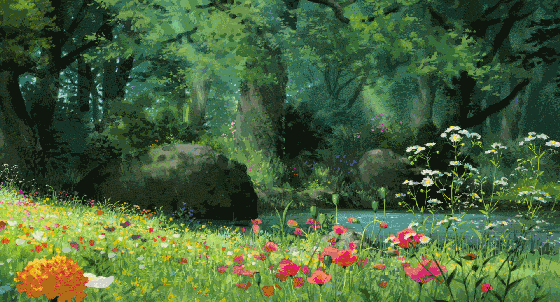
Plants are important creators of courtyard atmosphere.
If the courtyard is compared to a painting, the elements of the courtyard are lines, which outline the general outline, space allocation, and regional proportions; while plants are the colors that give the courtyard color, warmth, and living space.
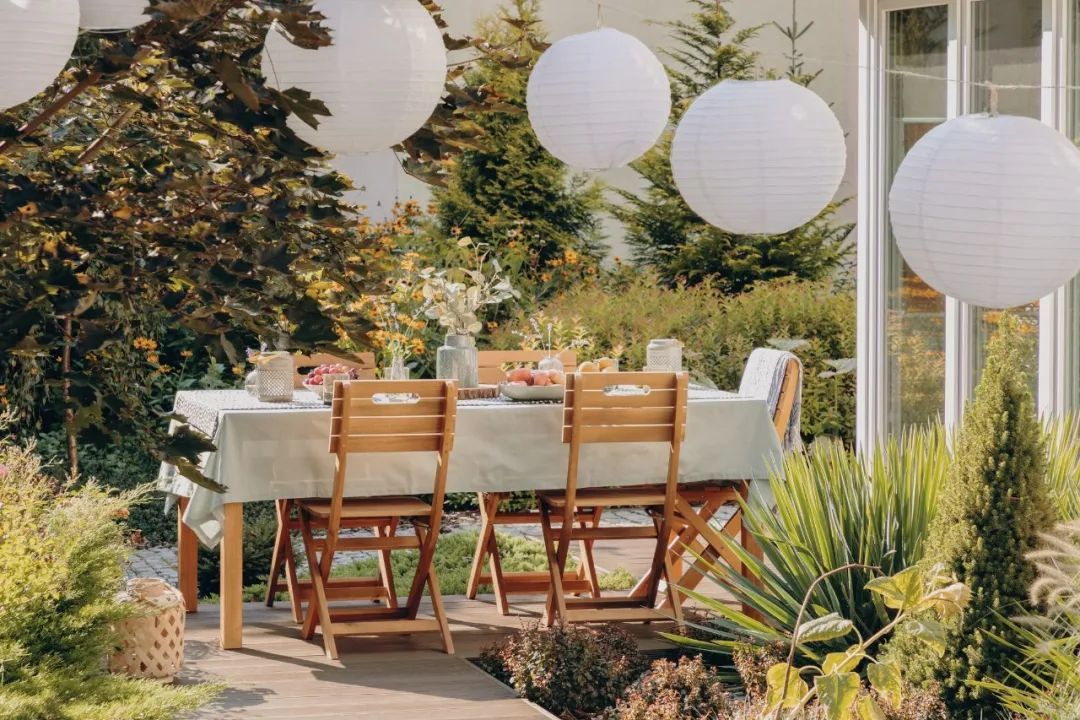
However, many friends have this feeling: plant configuration is not that easy. Many friends feel headache and have no idea where to start when configuring plants in the garden, and they only feel that the knowledge in their heads is scattered.
Well, today's article will take you step by step to an overview of the basic methods of plant configuration . By understanding these methods, you can take fewer detours and avoid many minefields.
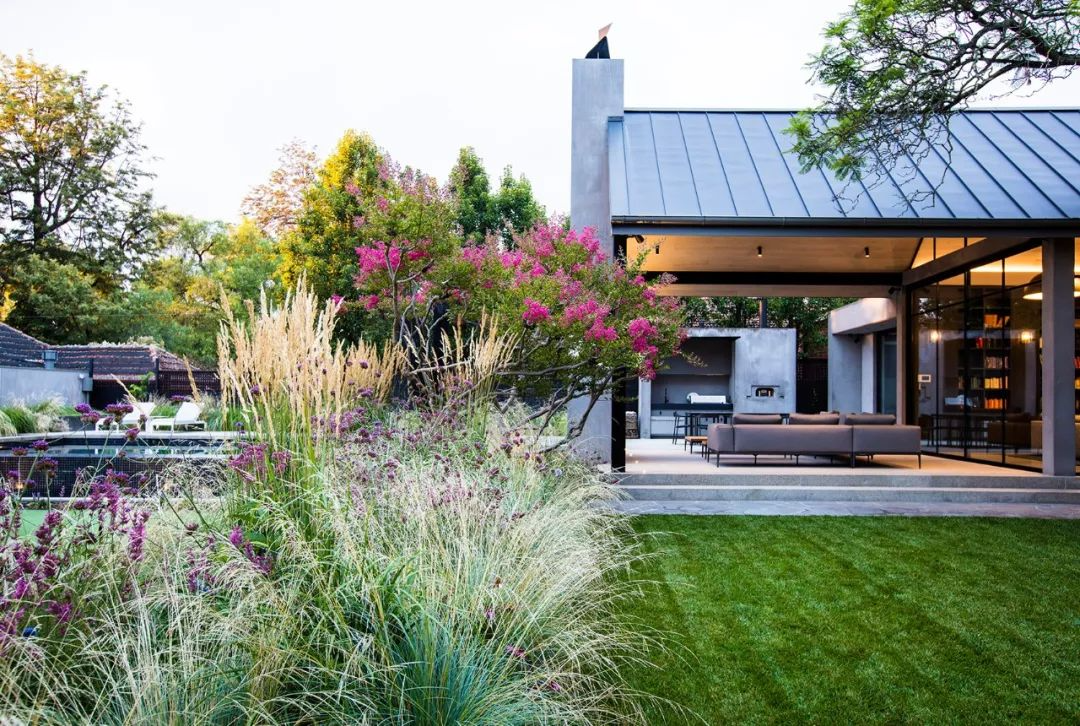
Four principles of plant configuration
First, start with the four principles of plant placement . Keep these principles in mind when arranging plants in the garden, and you will save a lot of trouble in maintaining the garden in the future .
1. Determine the style
The first step is to determine the style.
Although this is a cliché principle, it is always easily overlooked because many people want to do this and that when arranging plants, and they can't bear to give up any of them. The result is that the courtyard becomes "a mess" . This is when the importance of having a unified style is reflected .
Plants have no style, but the way they are matched and arranged do have style. It is precisely because of the different plant arrangements that the differences between courtyards of various styles are created.
▽Chinese style garden plant configuration
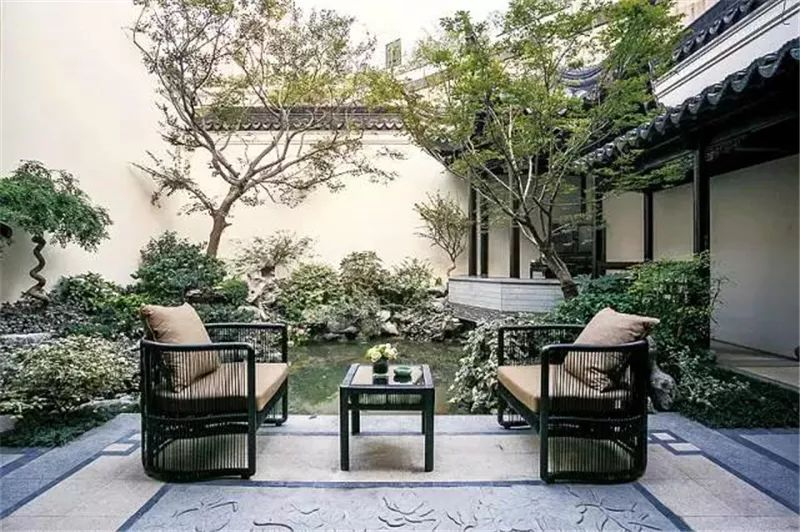
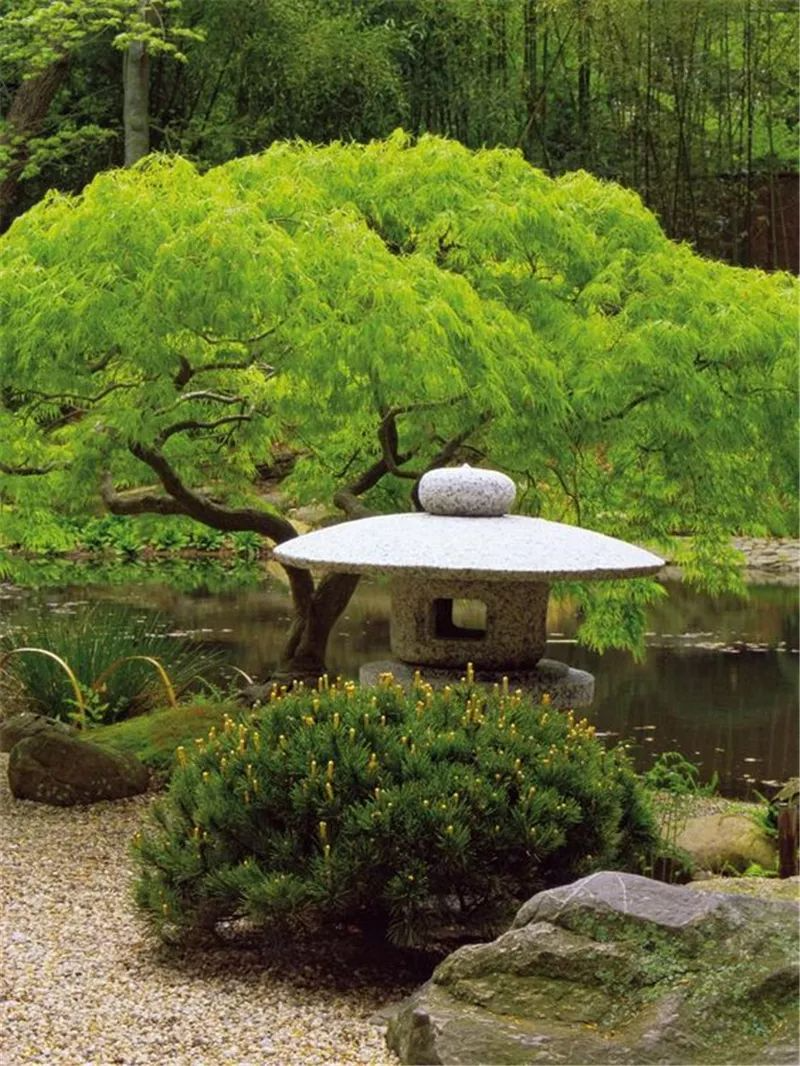
▽English style garden plant configuration
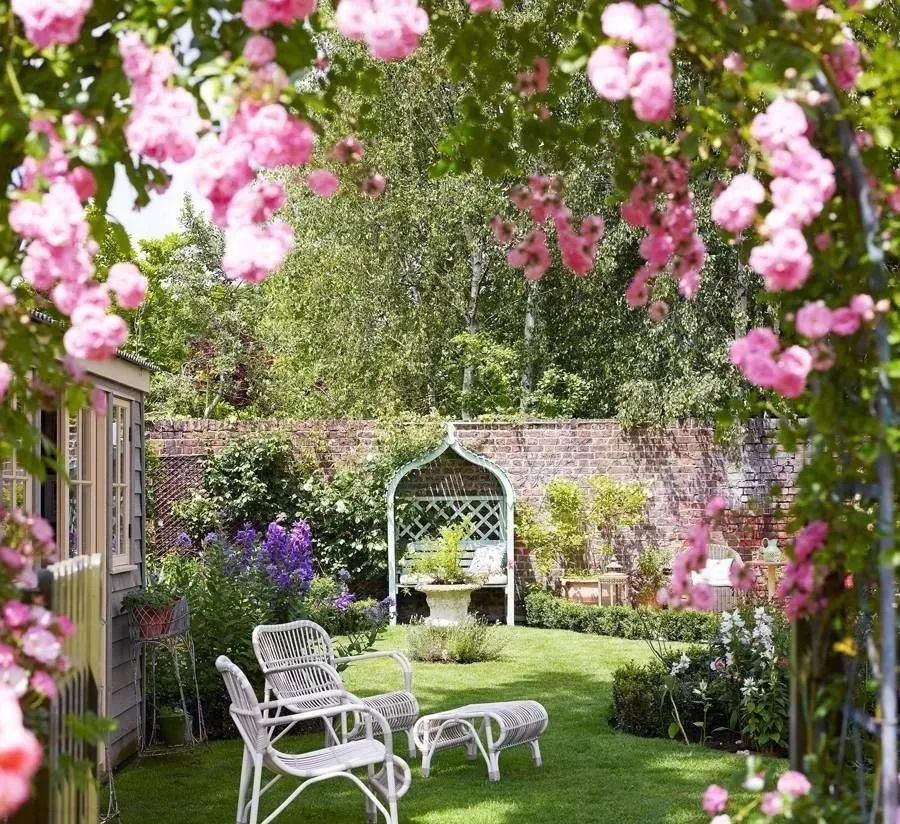
▽European style garden plant configuration
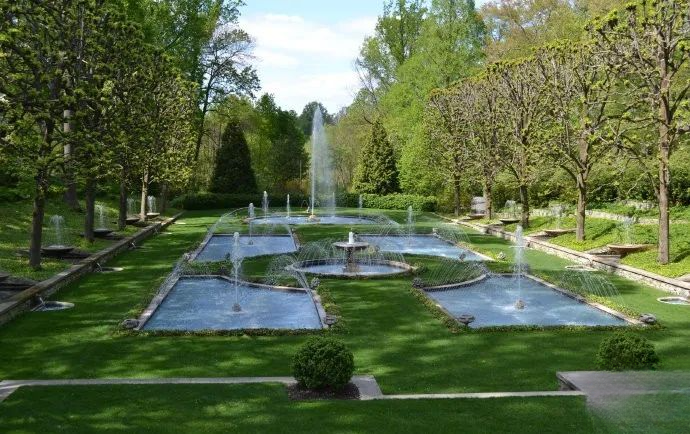
▽Modern garden plant configuration
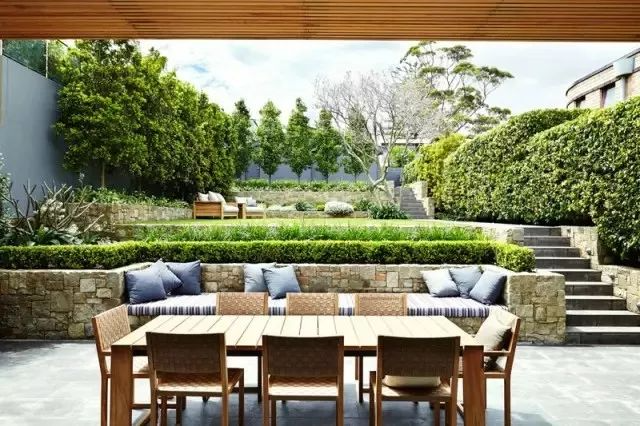
Therefore, the first step in arranging garden plants is to first clarify the direction of plant arrangement : Chinese, European, modern, or Japanese style... The combination of multiple styles can easily lead to incoordination . If novices are not sure about it, it is best not to try it easily.
2. Adapting to local conditions
With the "adapting to local conditions" plant configuration, a lot of maintenance and management troubles will be saved in the future. The principle of adapting to local conditions is specifically reflected in two points :
First, when choosing plant species, local plants and native plants are preferred. Native plants are most adaptable to the local climate and environment, have strong vitality and vigorous growth, do not require much care, and can grow well under natural conditions, which can save a lot of trouble in future garden maintenance.
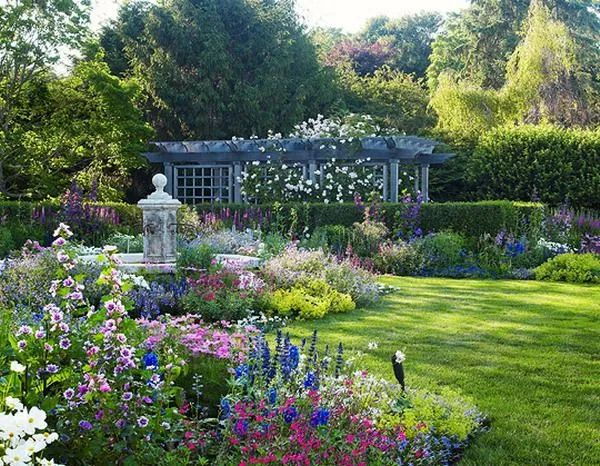
Second, choose and arrange plants according to the natural conditions of different courtyards. There may be sunny and shady sides in a courtyard, and the soil moisture in different areas may be different due to drainage problems.
Therefore, when choosing plants, you should first analyze the site conditions of the courtyard, and then choose the appropriate plants to increase the survival rate of the plants and reduce the difficulty of later maintenance.
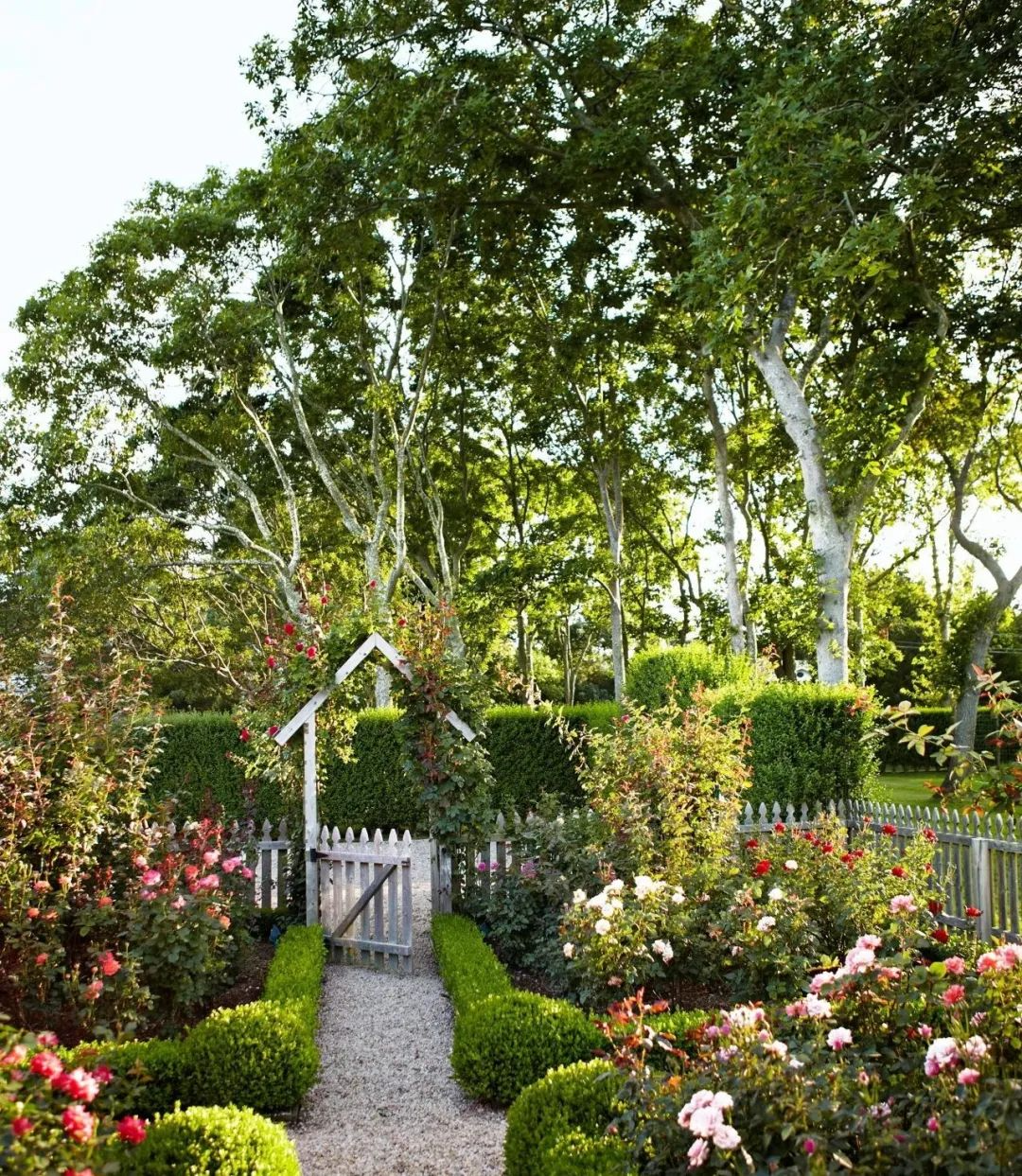
3. Four Seasons Principle
When choosing plants, you must consider the changes in the landscape in four seasons. This foresight can allow you to have a beautiful landscape in every season in the future - "spring flowers, summer shade, autumn leaves, winter fruits". You can use this as a guide to find the plants you need and create a four-season landscape. In addition, in order to prevent the land from becoming bare in winter, you should choose a combination of evergreen trees and deciduous trees .
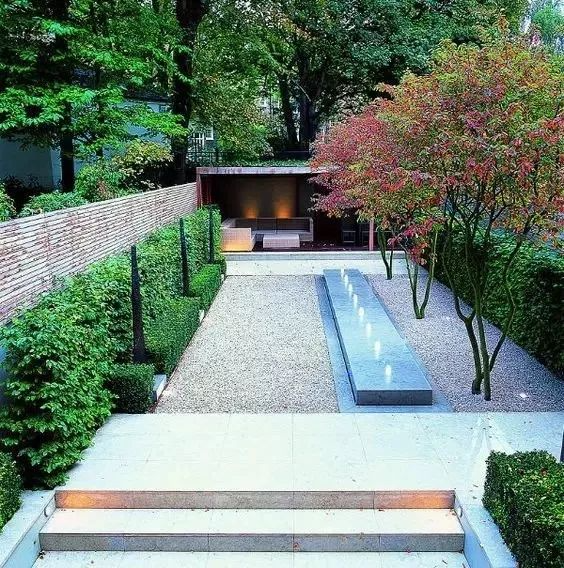
In addition, the growth cycle of plants will also affect the combination of plants. Annual herbaceous flowers are easy to produce effects, while perennial shrubs and trees require a certain growth cycle to achieve ideal effects. Therefore, perennials should be matched with annual flowers to ensure that there is a view at any time.
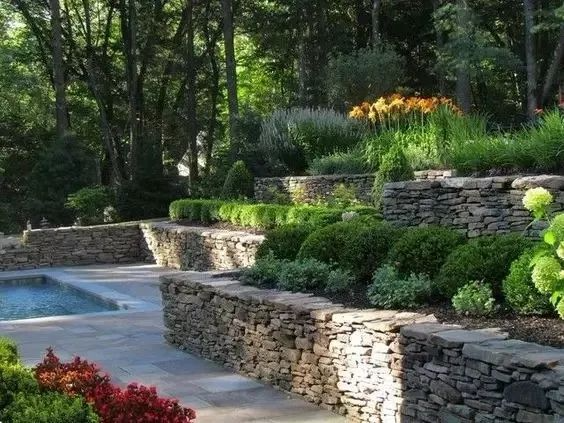
In addition to considering the current landscape effect, we must also consider the future. Many trees need a certain amount of time to grow, and they are often not mature when they are just planted, so they should not be planted too densely. When the trees cannot produce the best effect, shrubs and herbaceous plants should be configured to fill this window period.
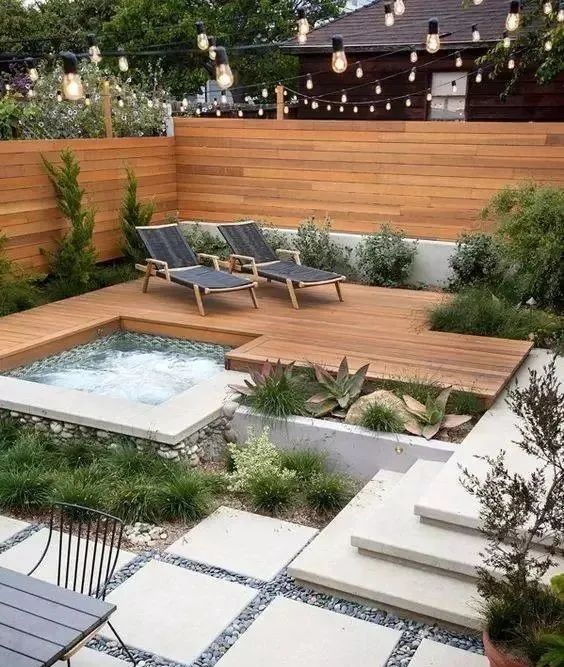
4. Practicality
The courtyard is for a better life, so when arranging plants in the courtyard, more practical plants should be considered . These plants can grow with the courtyard and the owner's life for a long time , and will also save a lot of trouble in frequent plant changes in the later stage.
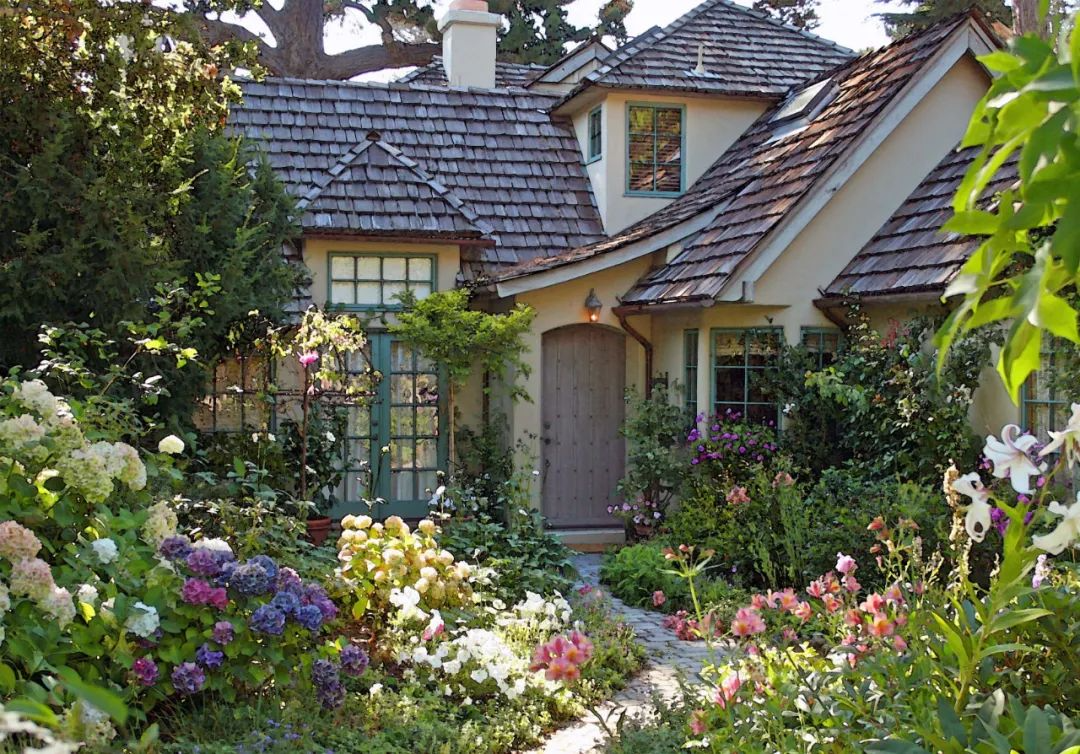
Based on this principle, your garden should have sunshade plants, ornamental plants, mosquito repellent plants, and other plants with various practical functions , and even some fruit trees and vegetables . These should be considered clearly and listed before arranging the plants.
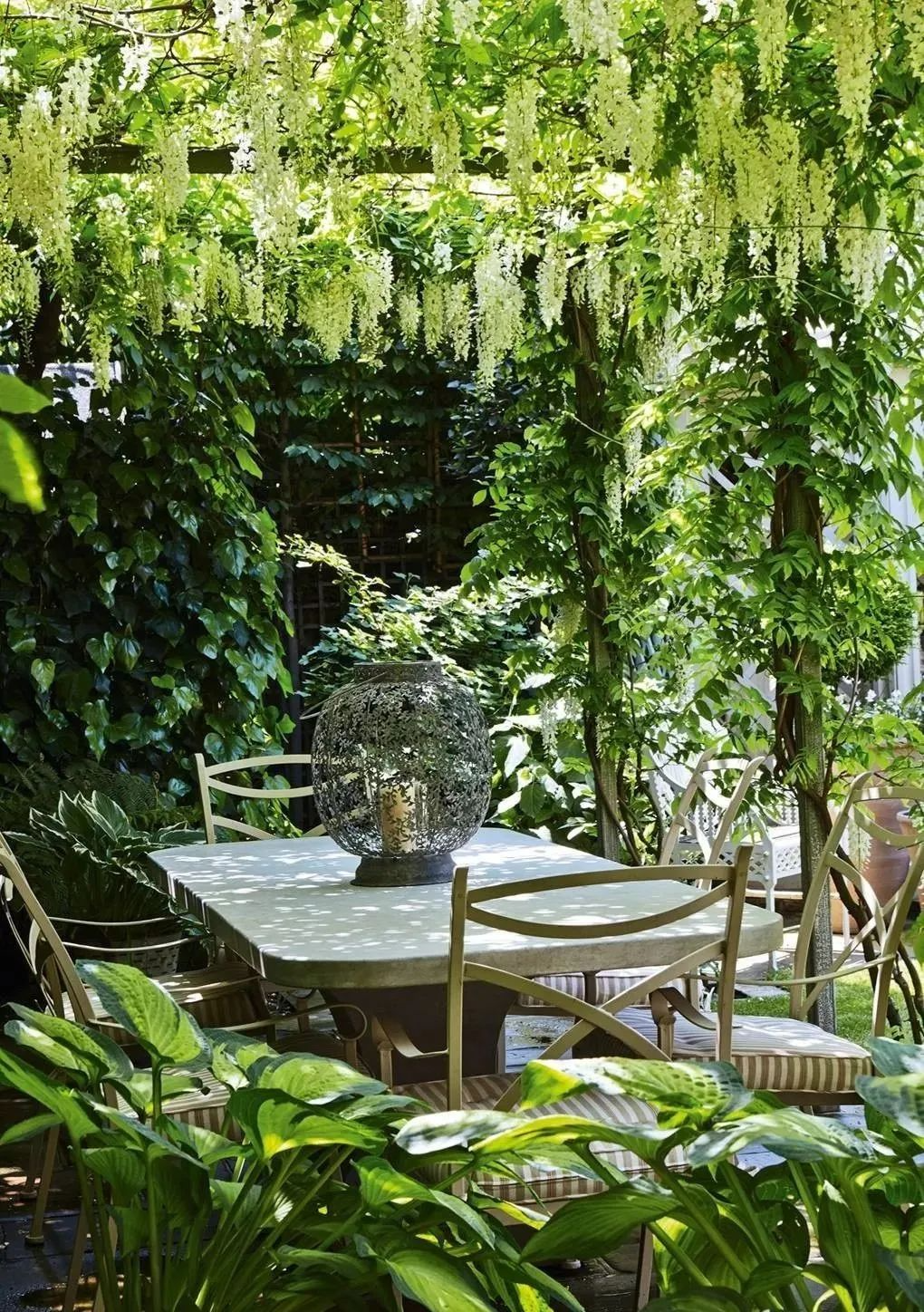
Plant configuration
In a courtyard, no matter what style it is, there should be a variety of plant configurations to make the courtyard look colorful. In general, there are several ways to configure plants. You can choose a few according to the needs of your own courtyard , and you don’t need to use all of them.
1. Plant Group
Plant clusters are a very common configuration method. This method is the most beautiful and has the greatest ecological benefits and ecological stability. Plant clusters can be used as the focus of the courtyard landscape or as a barrier.
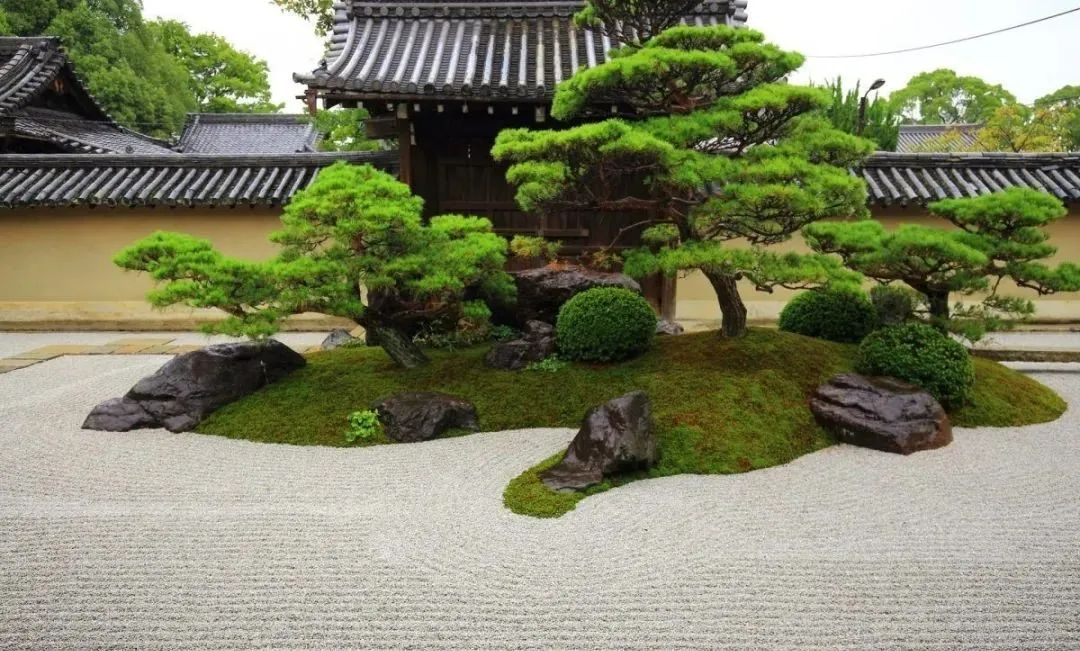
2. Main Landscape Tree
A large main landscape tree supports the entire courtyard space.
It not only brings the courtyard together and creates a visual focus, but also allows you to observe and feel the rise and fall of time and the change of seasons in your own yard. It will also grow with you and a family, giving people a sense of shelter and belonging. It can be said to be a configuration that is very integrated into life.
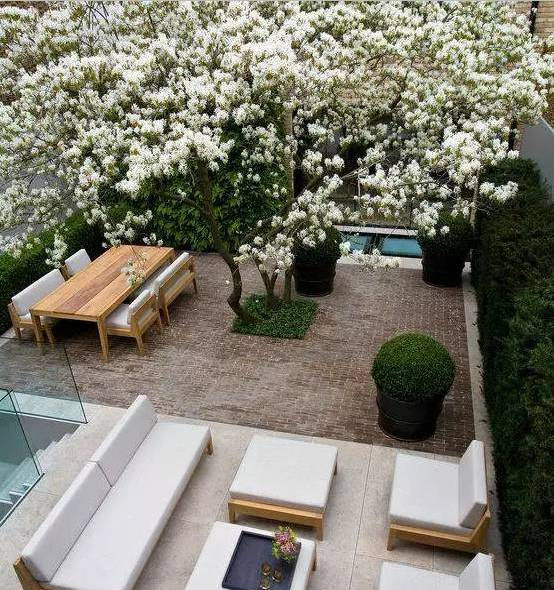
When we have a party at night, we hang up the light strings and turn on the lights, and this is our own little world.
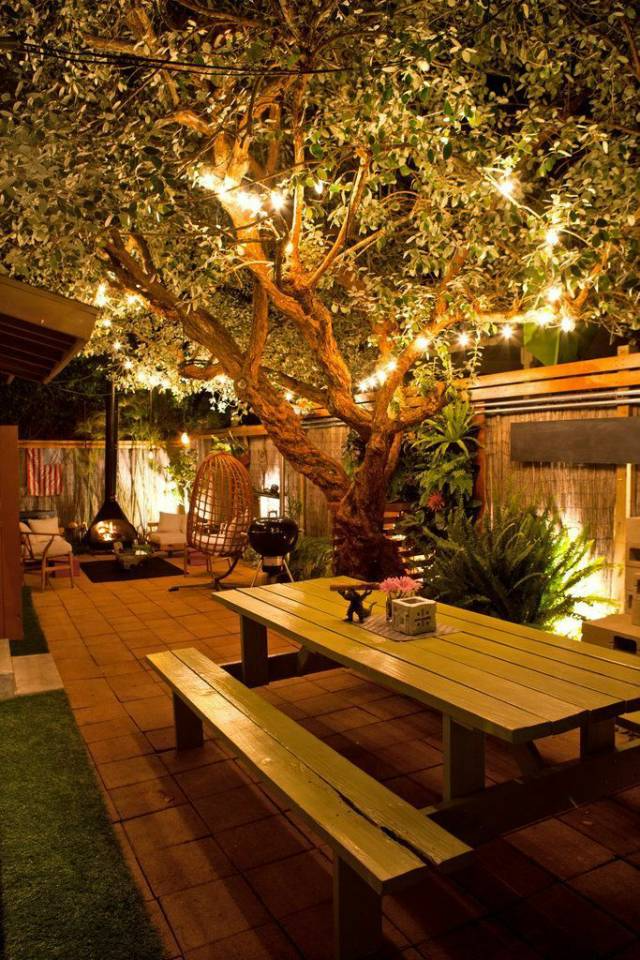
3. Flower Border
Flower borders are a natural arrangement that can create a relaxed and natural courtyard atmosphere, so they are also commonly used. To make a good flower border, you need to focus on several key points: color matching, texture, and facade effect ( level ) .
These have been discussed in detail in our previous two articles. You can read the following two articles. The first article mainly discusses color matching , and the second article discusses space and specific implementation methods :
Summary | Essentials for garden plant configuration (space and color)
Spring is here, why not start creating a perfect flower garden and enjoy a wonderful mood
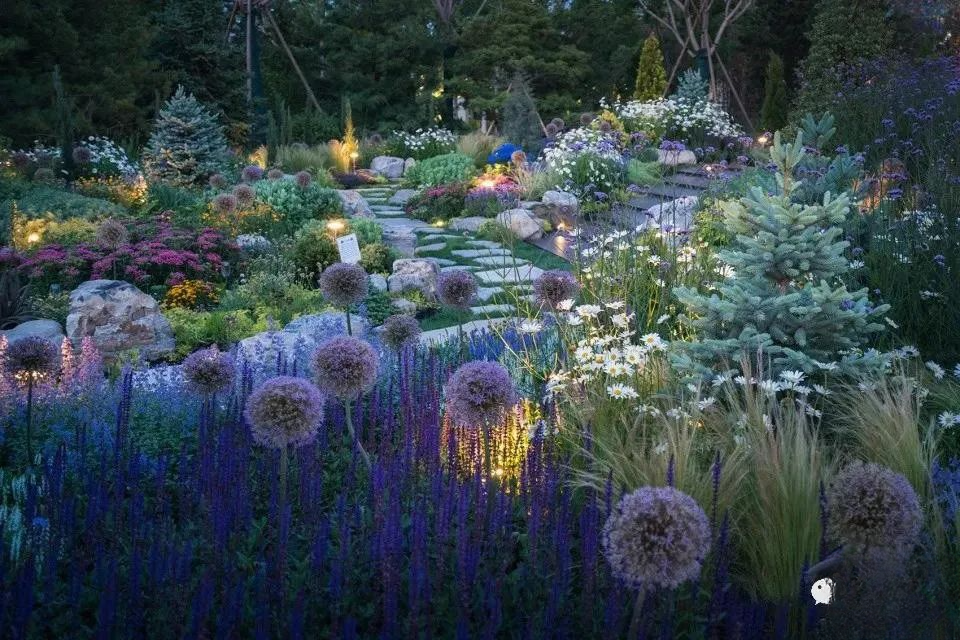
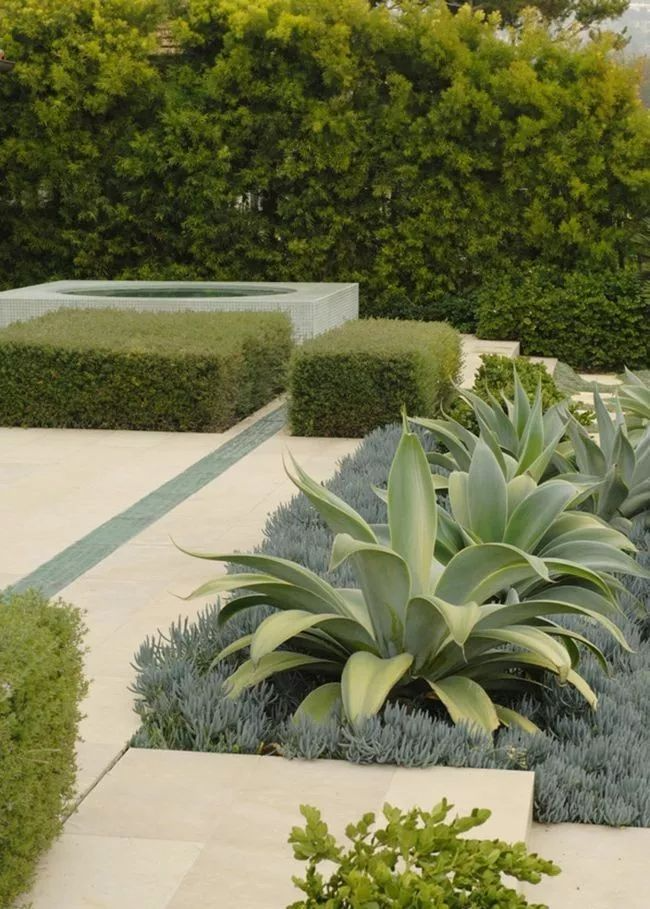
4. Planting
Paired planting is often used at doorways. You can choose plants of the same size (at the door of the building) to create a sense of formality, or you can choose plants of different sizes and species (on both sides of the pavilion or bridge) to create a poetic and picturesque scene.
5. Planting in clusters or groups
These two methods use the group beauty of trees to create a beautiful canopy line . At the same time, group planting can also create a good understory space experience , providing shade in summer and creating another scene after the leaves fall.
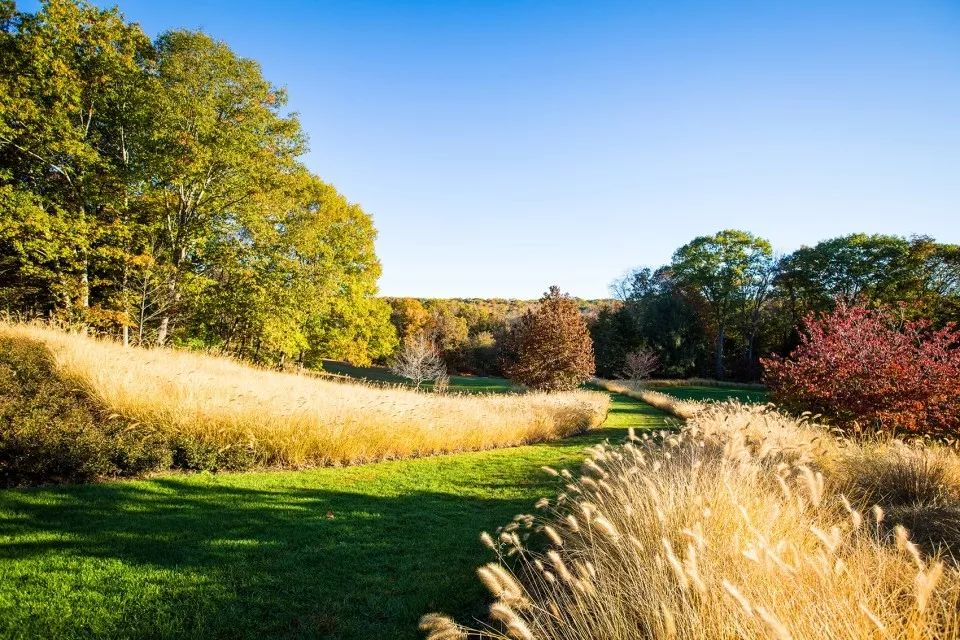
6. Hedges
Hedges are often used in gardens instead of walls to reduce the sense of rigidity.
Regular plants are also often used in European-style courtyards to show a sense of elegance and dignity . They are also often set on both sides of the road as guides , or on the edges of lawns or flower beds as enclosures or fences .
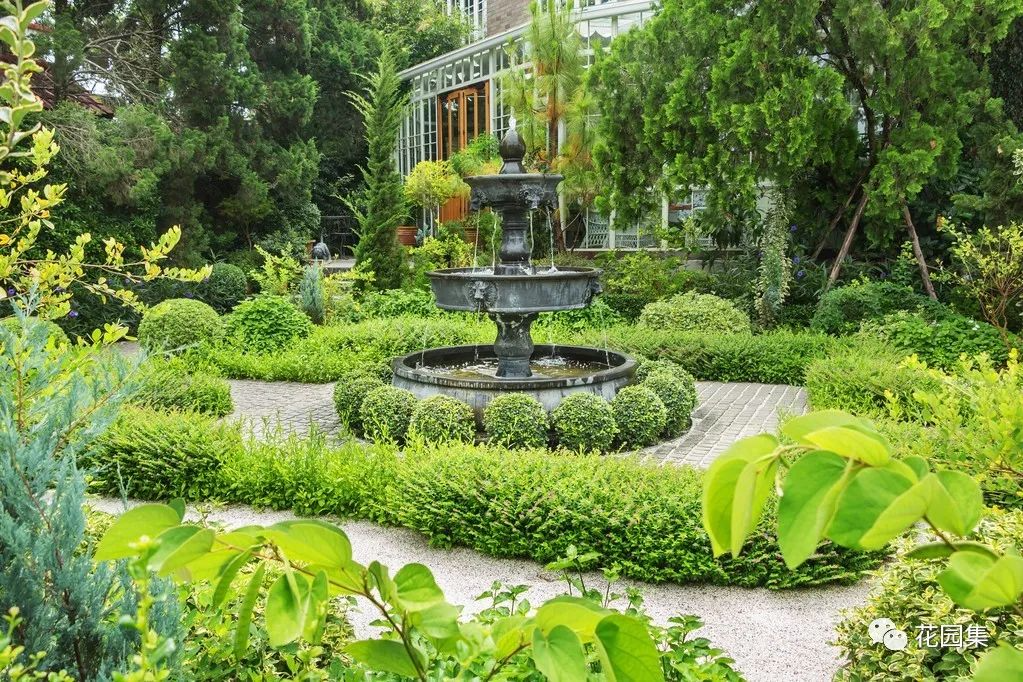
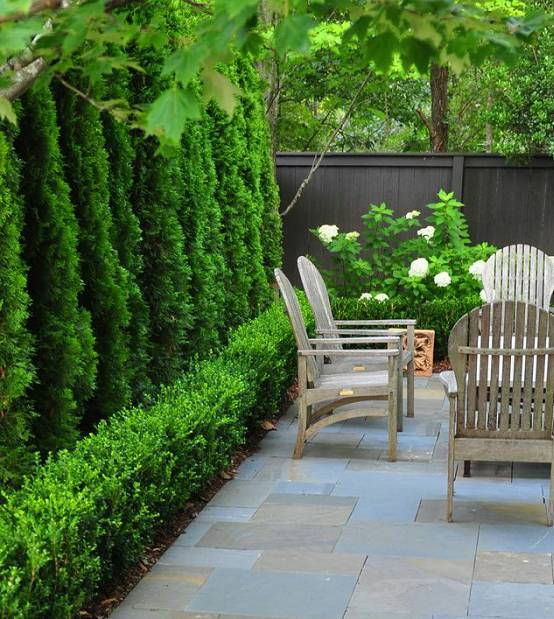
7. Open lawn
Opening up the lawn is a very practical way to make the courtyard space more open and provide a natural activity space .
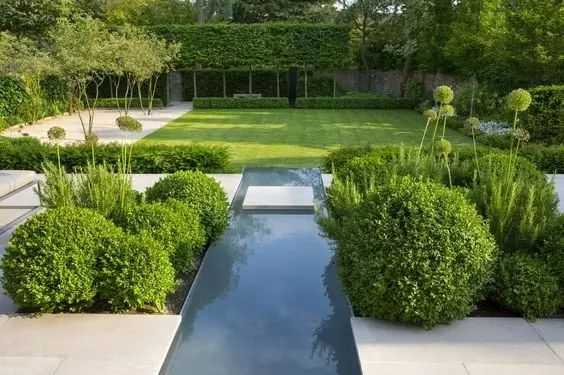
8. Vertical greening
Combining the pergola with plants increases vertical greening and enhances the spatial appreciation of the pergola.
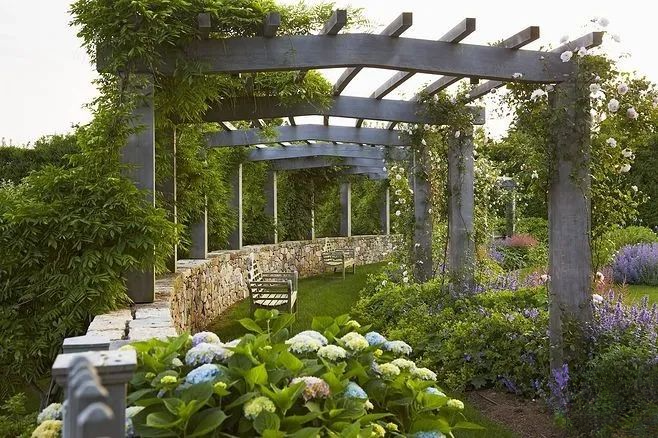
You can use vines: wood fragrance, wisteria, ivy, chicken blood vine, trumpet creeper, honeysuckle, Polygonum multiflorum, herbaceous plants : bird vine, morning glory, rose. Fruit plants: gourd, grape, loofah, kiwi.
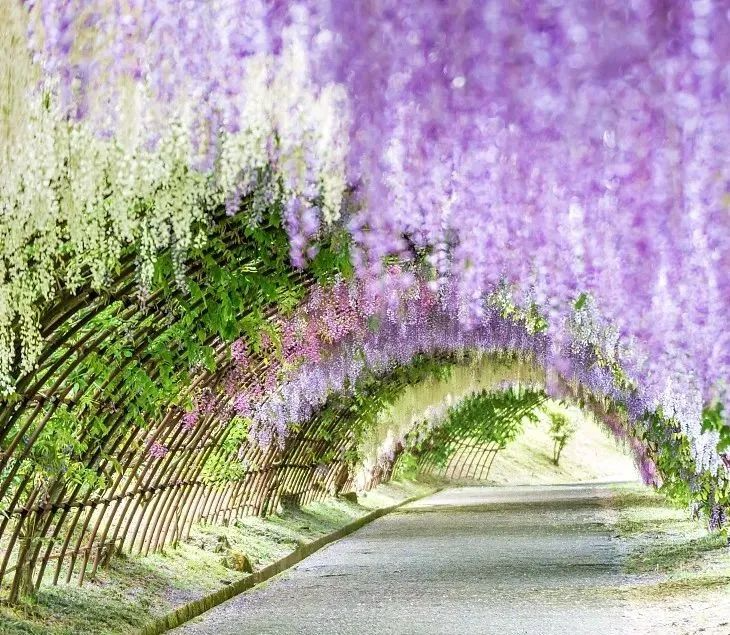
Drinking tea, chatting, viewing the scenery or having a party under the pergola is a great enjoyment of garden life.
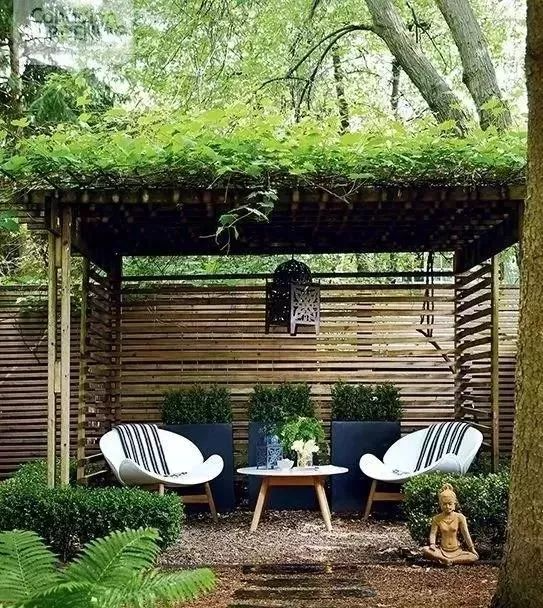
Fall Plant Arrangement Tips
The courtyard in autumn is also full of brilliant colors. The sky is especially blue, the sunlight is especially clear, and the temperature difference between day and night increases, which makes the colors of flowers and plants appear especially bright . Under the bright autumn sun, you can even feel the reflection of the flowers.
Therefore, the colors of autumn are mostly warm tones such as gold and red . The main colors of the courtyard are leaf colors, flower colors, and fruit colors , supplemented by the colors of soft furnishings to add icing on the cake, making the autumn atmosphere more intense.
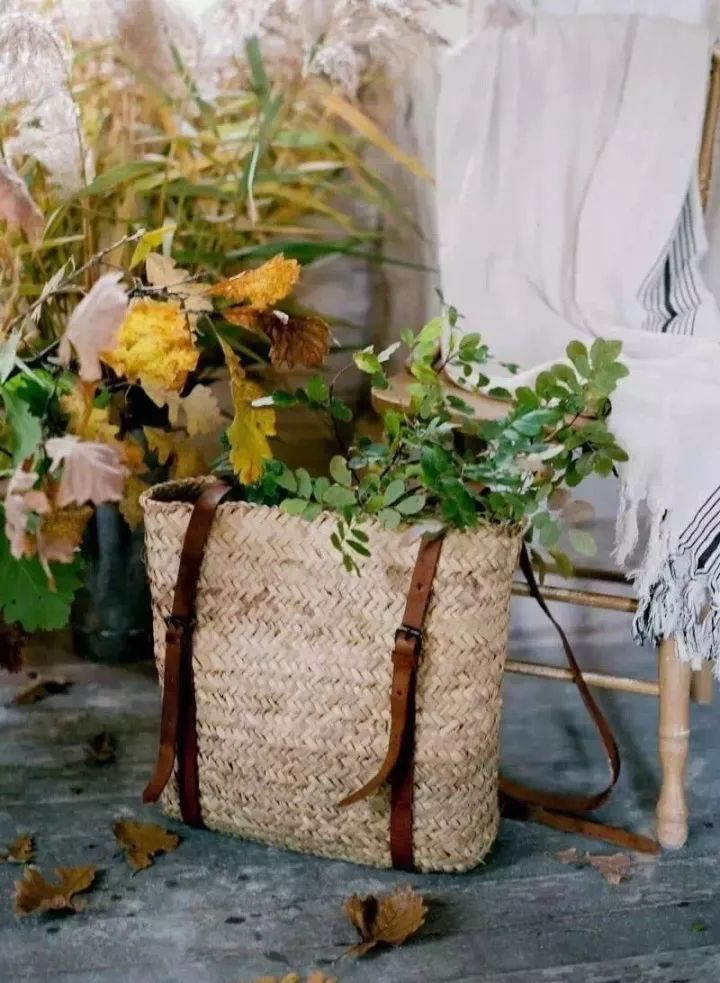
How to make the courtyard wonderful in the last season of the courtyard? Here are a few tips that you may want to use~
1. Late-flowering plants with a colorful background of autumn leaves
The color of autumn leaves can last for a long time, and the combination of the two can avoid the feeling of depression when the flowers fade.
Common tree species:
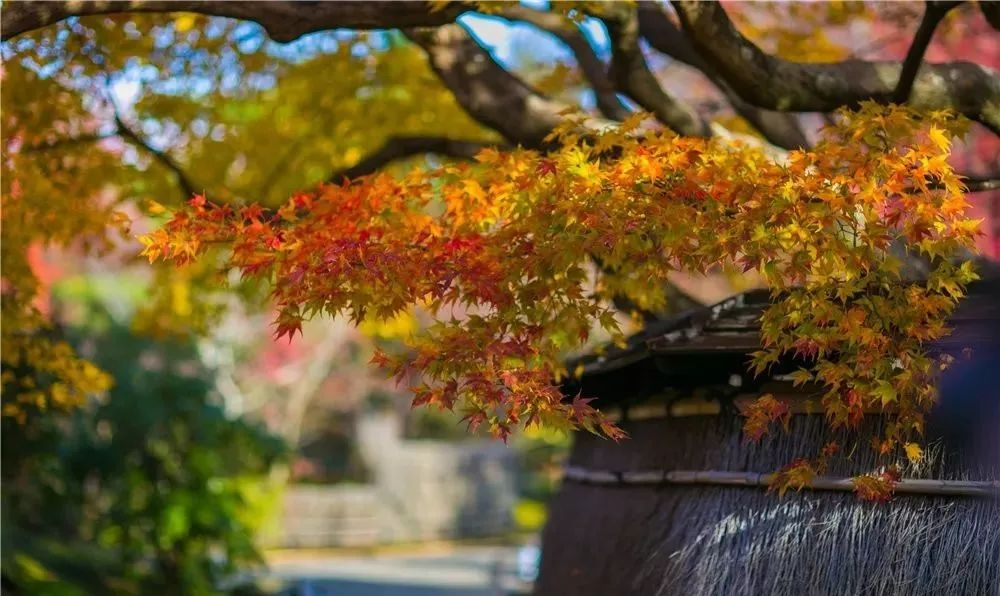
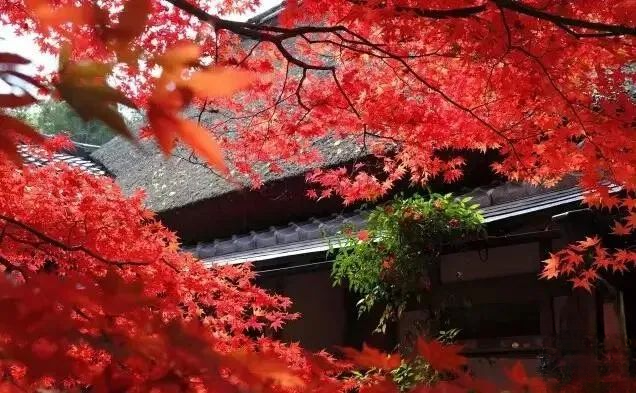
2. The flowers fade and the ornamental grasses come in.
Ornamental grasses come in a variety of colors and there are many varieties to choose from, so your garden can still be colorful when the flowers fade.
Common ornamental grasses: pampas grass, silvergrass, morning glory, pink daisy, purple-spiked pennisetum, and calamus, etc.
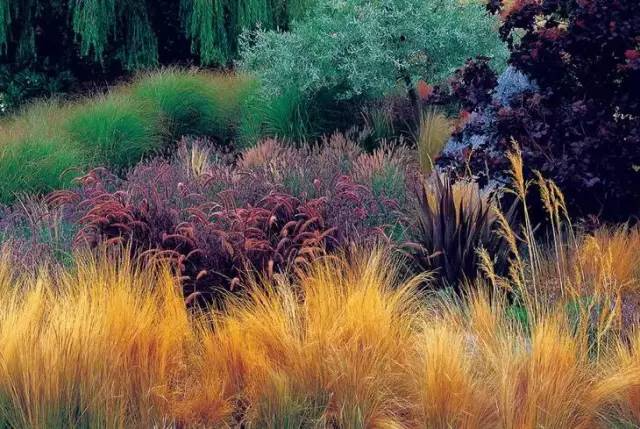
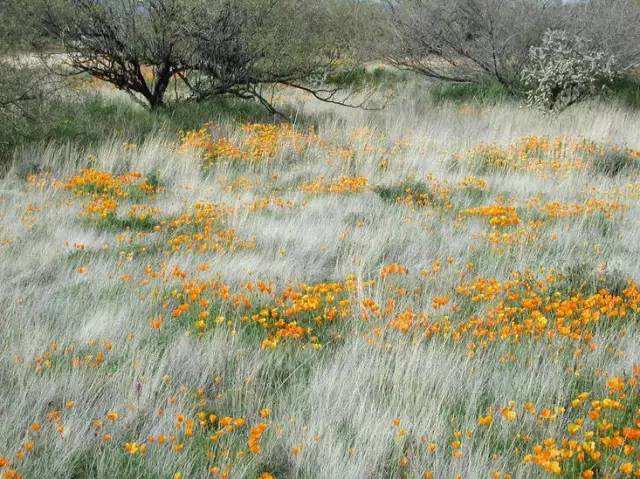
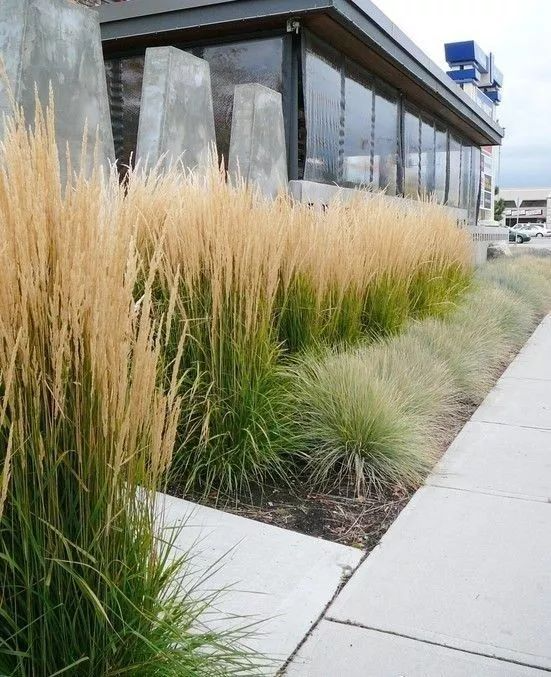
3. Make use of fragrance, fruit trees, and vegetables
Autumn is the season of harvest, and the fragrance of flowers and fruits is everywhere. In addition to flowers and leaves, fruits can also add color and festive atmosphere to autumn.
Fruit-viewing plants suitable for garden planting include:
Pyracantha has many fruits, which come in a variety of colors such as red, orange, and yellow.
Ardisia has emerald green leaves in winter and bright red fruits that last for a long time and are called "seeds of wealth".
Nandina domestica not only has elegant red leaves, but also beautiful red fruits, which are full of poetry and painting.
Poinsettia has alternate flowers and leaves and is a short-day plant. It likes warmth and humidity and is sensitive to water. It needs to be supplied with sufficient water during the growing period.
Alumroot , a cold-resistant herbaceous flower, is a landscape designer for winter gardens. It is not only cold-resistant, but its most outstanding feature is its rich and colorful leaves, which change color over time.
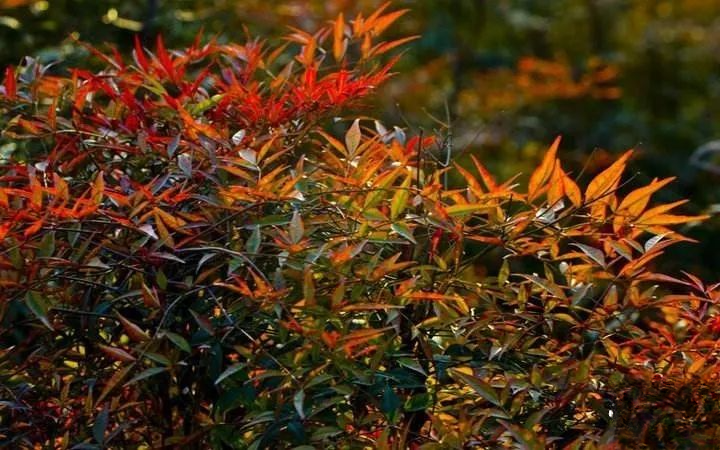

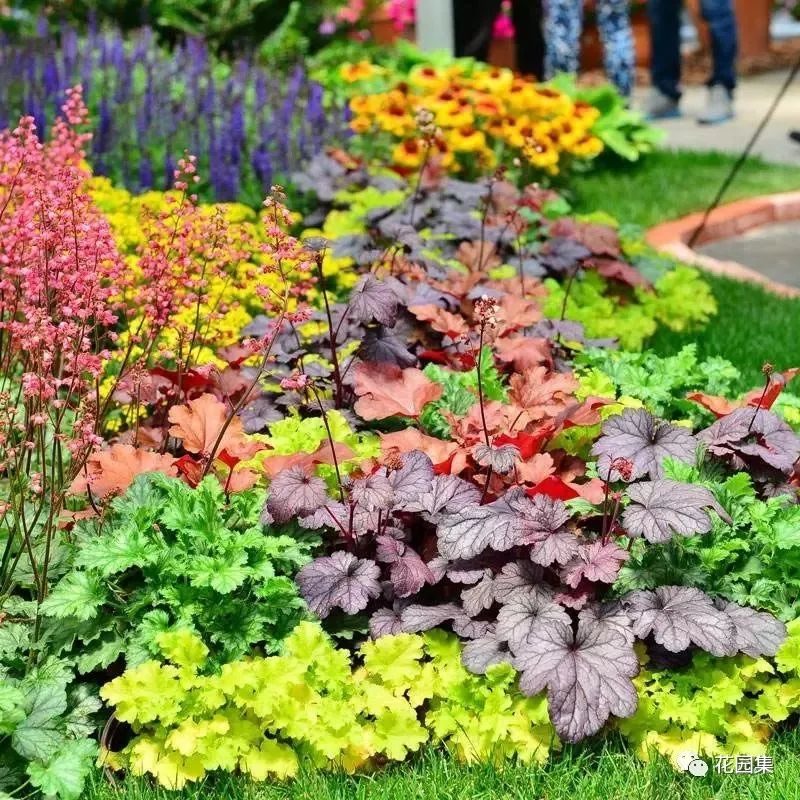
4. Pair with evergreen trees
Fall is the season for color, and evergreen trees can serve as a backdrop and also make the yard feel stable.
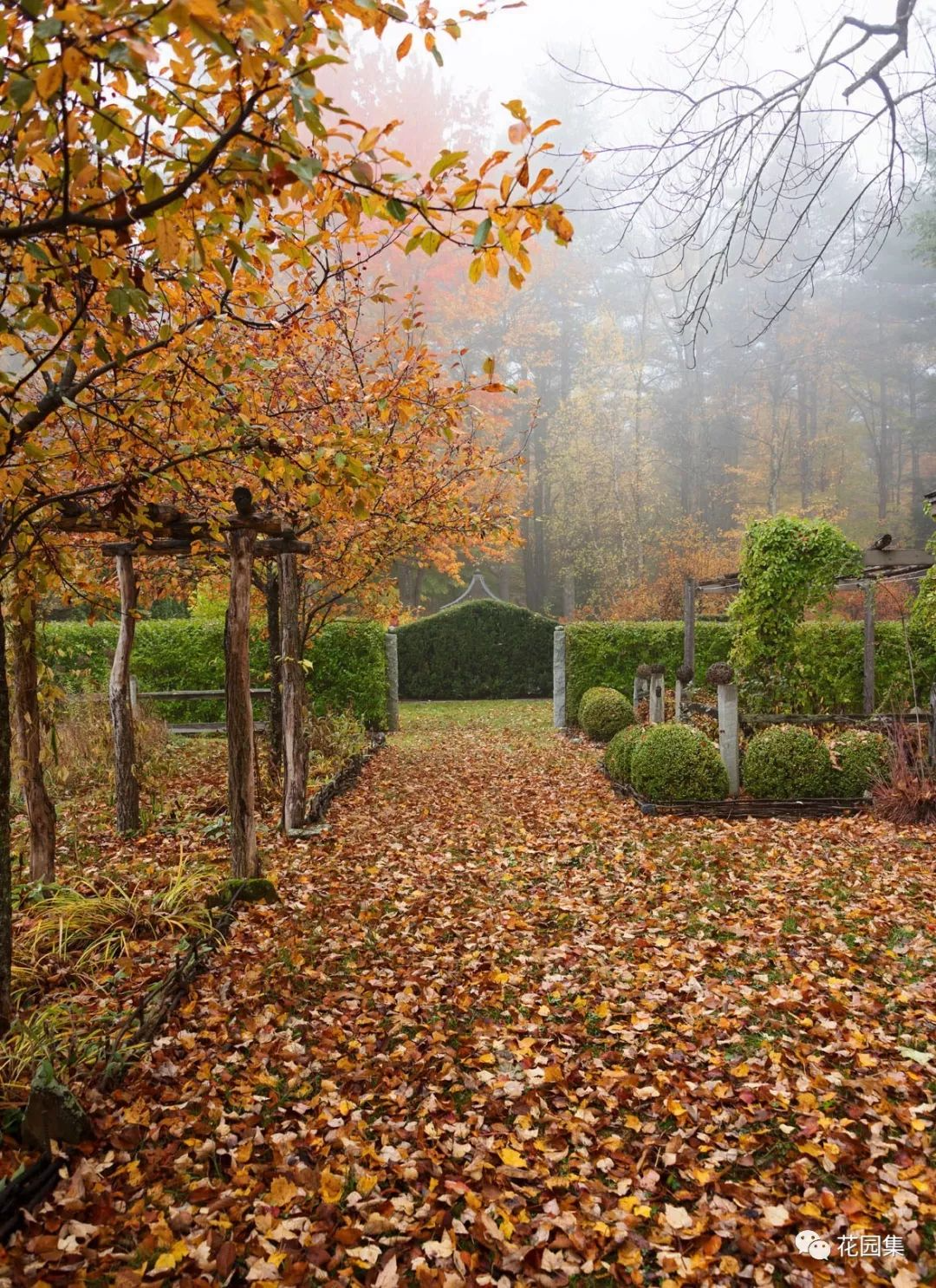
The above is what I share today. They are all very basic methods . In fact, as long as you can use the basic methods well, it is not easy to make big mistakes, and it also meets the most basic needs of garden life.
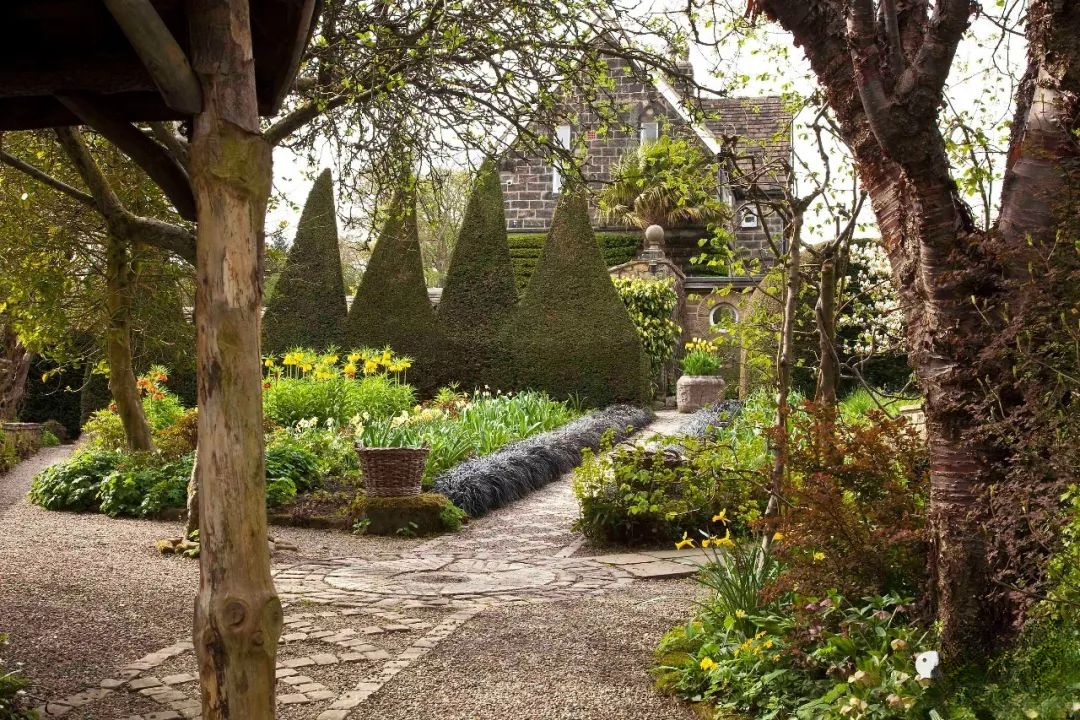
Plant configuration itself is a vast subject that requires practical operation. From basic to advanced to high-level, there is a lot of content involved .
However, the main methods are limited, and the rest is to hone through long-term practice. So since the configuration methods are limited, is there a more efficient learning method, is there a way to learn all this in one stop?
Of course!
The Garden Collection Academy’s practical class on garden plant configuration was created for this purpose.
Here you can find comprehensive knowledge on plant configuration, and teachers with rich experience in plant configuration will lead you to learn, from drawings to construction, step by step, you can experience professional plant configuration techniques, and get started little by little . After learning these methods, you can go back and fully absorb and master them, and you will get twice the result with half the effort.